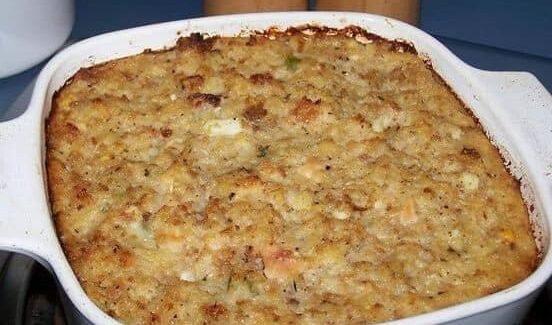
Step 2: Preheat Your Pan or Grill
If using a cast-iron skillet, place it over medium-high heat and let it get very hot before adding oil. A properly heated pan is key to achieving that crave-worthy crust. If grilling, preheat your grill to high heat, aiming for around 450–500°F.
Step 3: Sear the Steak
Add a splash of oil to the hot pan, swirling to coat. Lay the ribeye in the skillet carefully—it should sizzle loudly on contact. Sear without moving it for about 2–3 minutes until a golden-brown crust forms. Flip the steak and repeat on the other side.
Step 4: Add Aromatics and Butter Baste
Reduce heat slightly. Add butter, smashed garlic cloves, and rosemary or thyme to the pan. As the butter melts, tilt the pan and use a spoon to baste the steak with the fragrant, foamy butter. This step infuses the meat with rich flavor and helps create an irresistible crust.
Step 5: Cook to Desired Doneness
Cooking times will vary based on steak thickness and your preferred doneness. Use an instant-read thermometer for precision:
- Rare: 120–125°F
- Medium-rare: 130–135°F
- Medium: 140–145°F
- Medium-well: 150–155°F
- Well-done: 160°F+
For a 1.5-inch ribeye, medium-rare typically takes about 6–8 minutes total cooking time.
Step 6: Rest the Steak
Once cooked, transfer the steak to a cutting board and tent it loosely with foil. Rest for 5–10 minutes before slicing. This allows juices to redistribute, keeping the steak moist and flavorful.
Step 7: Slice and Serve
For maximum tenderness, slice against the grain. Serve the ribeye as is, or pair it with classic sides like garlic mashed potatoes, roasted vegetables, or a crisp green salad. A drizzle of the pan butter over the steak adds a final luxurious touch.
Pro Tips for the Perfect Ribeye
- Dry brine overnight – Season the steak with salt the night before and refrigerate uncovered. This enhances flavor and tenderness.
- Reverse sear method – For even doneness, cook the steak slowly in the oven at 250°F until nearly at your desired temperature, then sear quickly in a hot skillet for the crust.
- Use high smoke-point oil first – Start with oil like canola or grapeseed before adding butter, which can burn at high heat.
Final Thoughts
Cooking ribeye steak at home doesn’t require a fancy kitchen or restaurant tricks—just quality meat, simple seasoning, and a few key techniques. With its unmatched tenderness and rich flavor, ribeye is more than a meal—it’s an experience. Whether you’re treating yourself on a weeknight or hosting a special dinner, mastering the ribeye will make you the star of any table.
Would you like me to also give you a grilled version of ribeye with smoky flavor, or should I keep this article focused only on the skillet method?








No Responses Yet